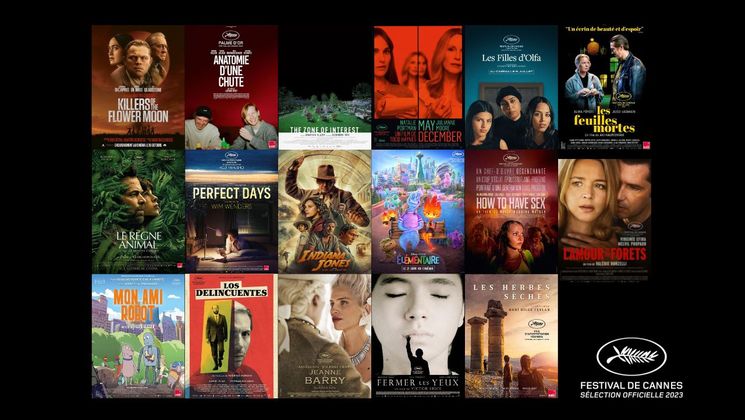
Thirty years ago, Le Grand Bleu (The Big Blue) shook the Croisette

In 1988, the Festival de Cannes opened to Le Grand Bleu (The Big Blue) by the young Luc Besson. In his third feature film, accompanied by the already faithful Jean Reno, the director unveiled his extraordinary technical ambitions. Thirty years later, the film finds itself again on the screen at Cannes in Cinéma de la Plage, in a restored version.
Le Grand Bleu (The Big Blue). Film of an entire generation. 14 million people around the world immersed themselves in this underwater tale of friendship and rivalry that begins at childhood on a Greek island between two free divers, Jacques Mayol (Jean-Marc Barr) and Enzo Molinari (Jean Reno).
Everything drove Luc Besson to submerge his camera. When he met the great free diver Jacques Mayol, this son of a diving instructor decided to plunge into Le Grand Bleu (The Big Blue), an ambitious project. The project was set back several times: in the beginning, Christophe Lambert was supposed to play the leading role, but the actor had to decline after suffering a diving accident. To this was added the catastrophic trial and error of using underwater cameras, and the financial hole the film dug itself into.
All the effort paid off, however and the Le Grand Bleu (The Big Blue) dropped anchor at Cannes in 1988. Spectators didn’t need to sit through the entire 128 minutes of the film before being immediately swept off into a vertiginous underwater adventure magnified by the music of Éric Serra. At the exit, opinion among the critics was split between praise for the spectacular reverie offered by Luc Besson and booing from some of the journalists.
Regardless, the film was a unanimous success with the spectators, much greater than expected. In France, 9 million viewers rushed to the cinema, making the film a phenomenon that led the press to speak of a "génération Grand Bleu" (Big Blue generation).


